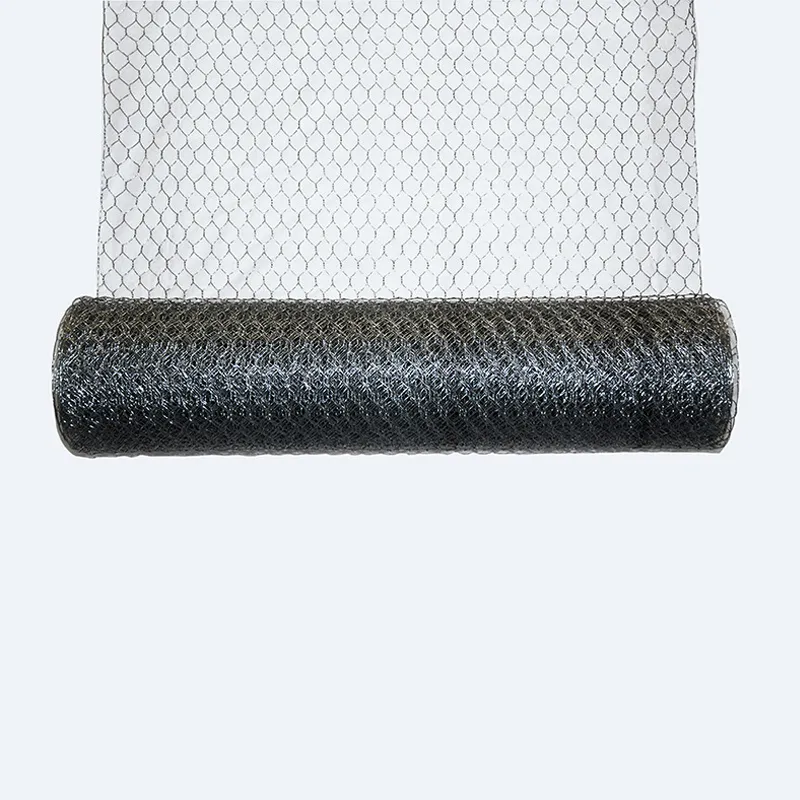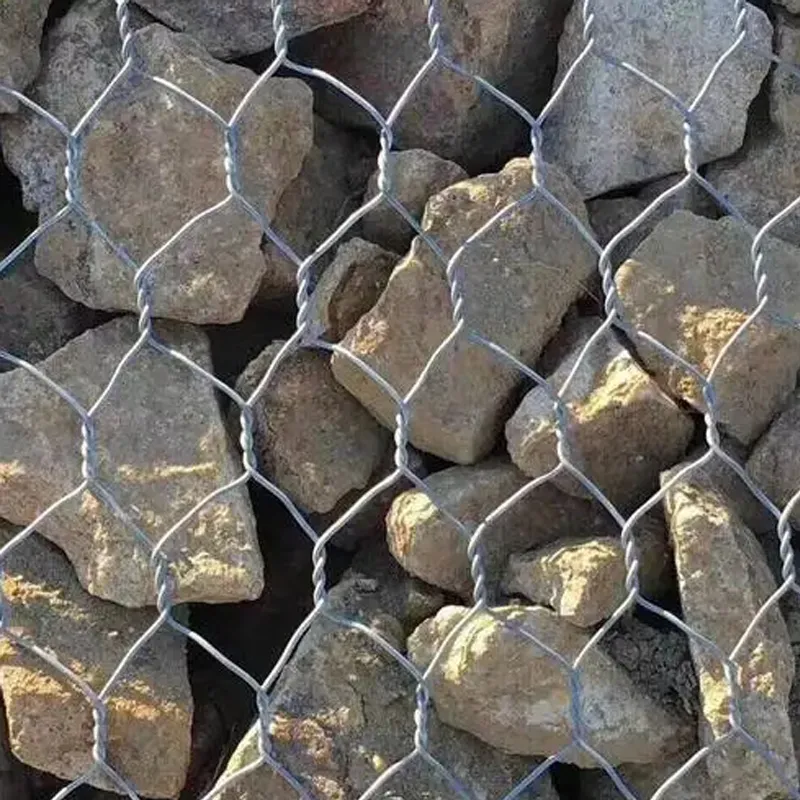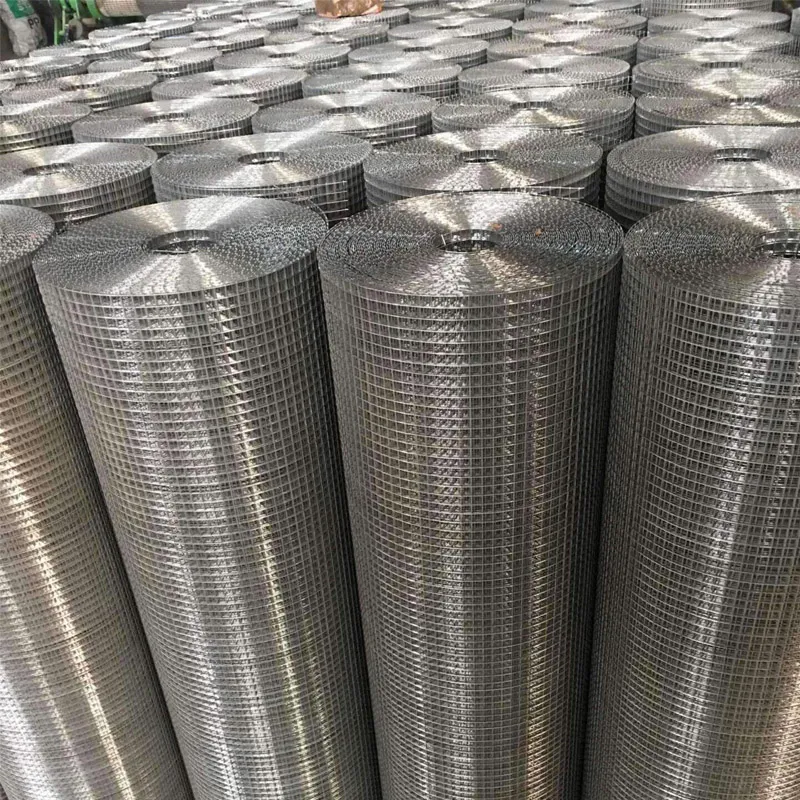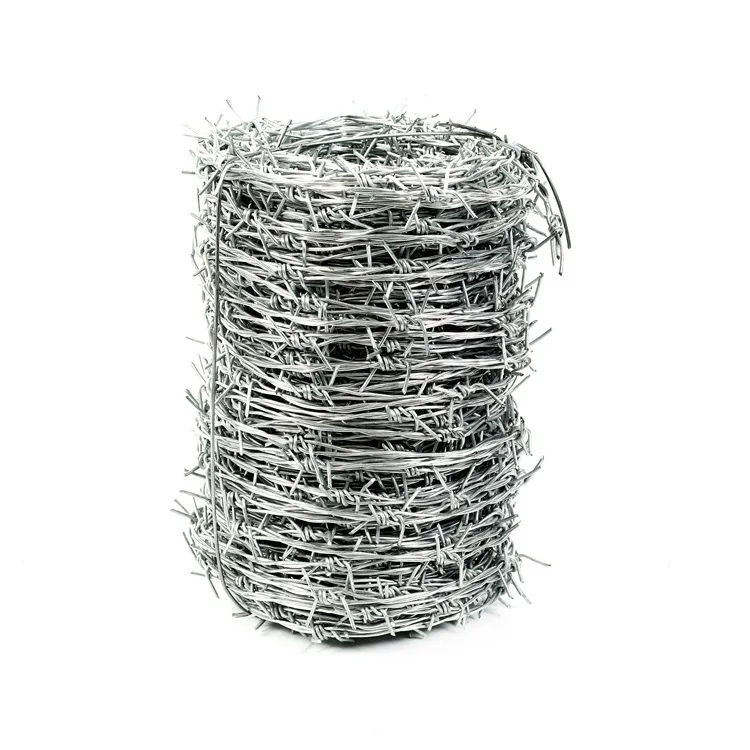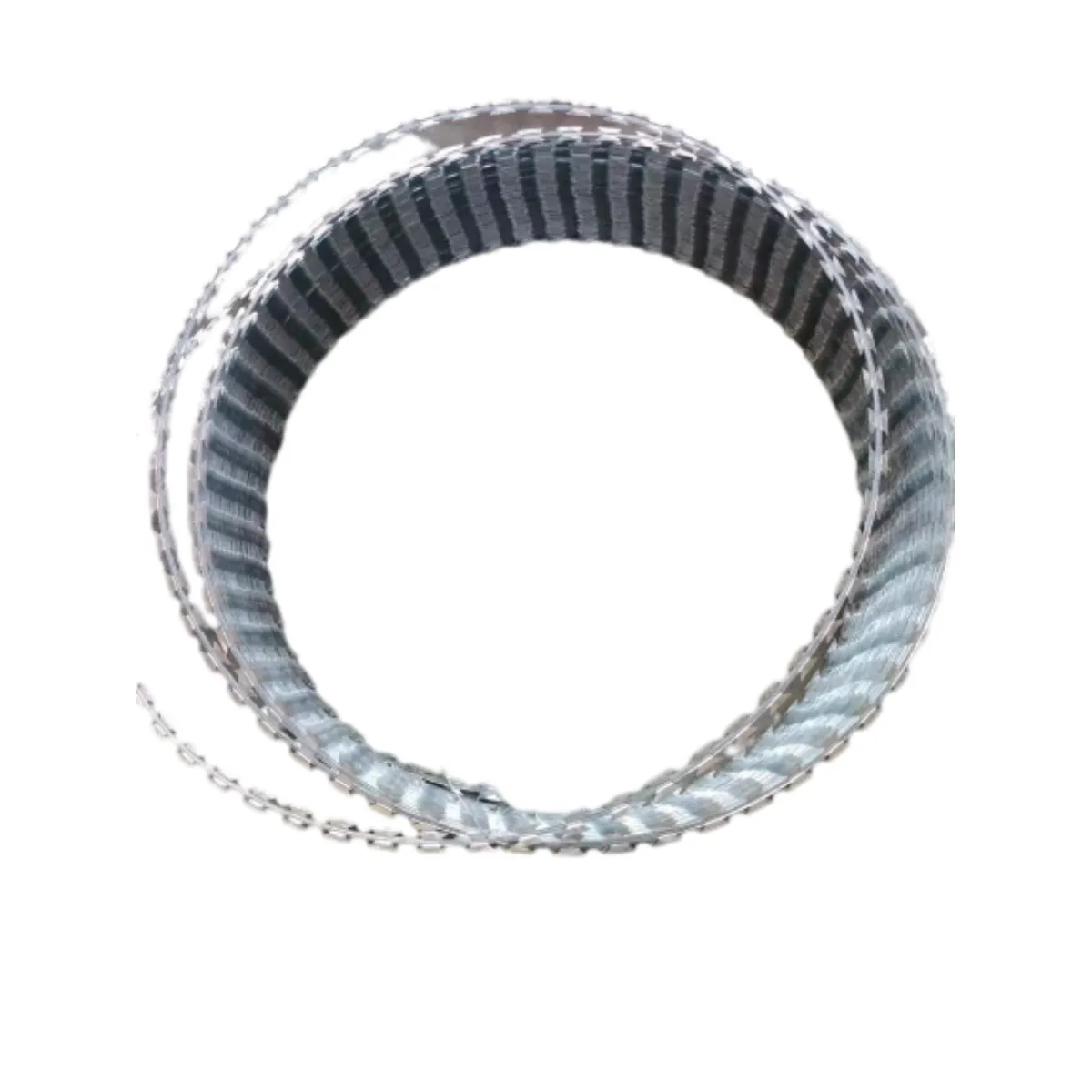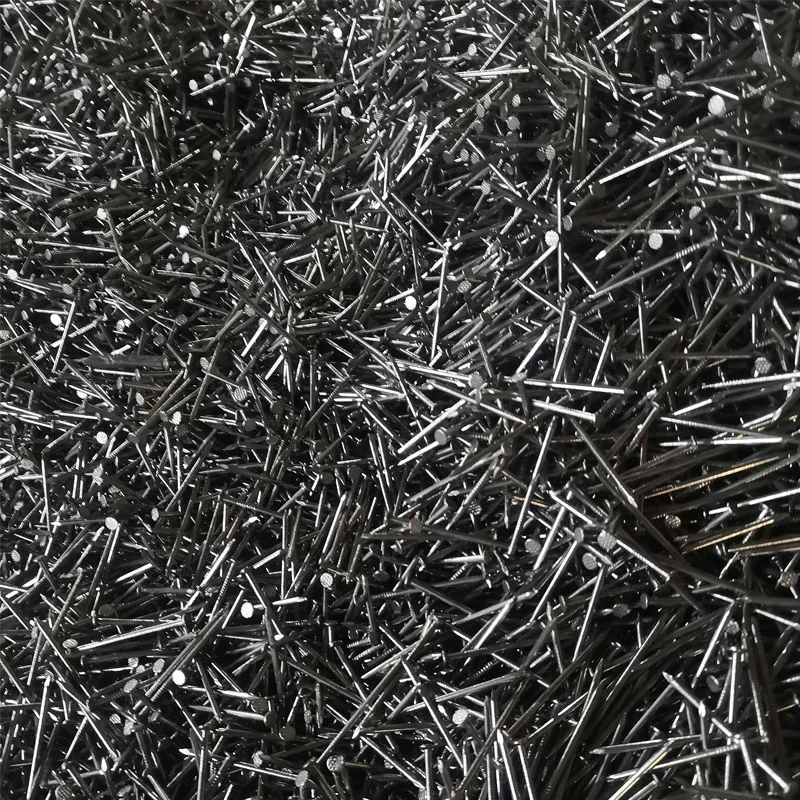Sep . 11, 2025 09:40 Back to list
Durable Barbed Wire Mesh: High Security Fencing Solutions
Introduction to Advanced barbed wire mesh Solutions
In the realm of perimeter security and access control, the efficacy of physical barriers is paramount. barbed wire mesh stands as a foundational element, evolving beyond simple deterrents to sophisticated components of integrated security systems. This article delves into the technical intricacies, application diversity, and strategic advantages of modern barbed wire solutions, catering to the exacting demands of B2B decision-makers and engineering professionals across various industrial sectors. From robust manufacturing processes to tailored deployment strategies, understanding the nuanced capabilities of this essential security material is crucial for optimizing infrastructure protection and operational integrity.
We will explore the latest industry trends, detailed technical specifications, and a comprehensive overview of application scenarios, ensuring a holistic perspective on maximizing the value and performance of barbed wire mesh in contemporary security frameworks.
Current Industry Trends in Perimeter Security
The perimeter security industry is experiencing significant transformation, driven by advancements in material science, automation, and integrated security systems. Key trends impacting the deployment and specifications of barbed wire mesh include:
- Enhanced Corrosion Resistance: A growing demand for materials with superior longevity in harsh environments (e.g., coastal areas, industrial zones) is pushing manufacturers towards advanced galvanization techniques, PVC/PE coating, and even stainless steel variants for barbed fencing wire.
- Integration with Smart Security: While inherently a passive barrier, modern `barb wire on fence` installations are increasingly being integrated with active security systems such as CCTV, motion sensors, and intrusion detection systems, forming multi-layered defense perimeters.
- Sustainability and Lifecycle Costing: Clients are increasingly evaluating the total cost of ownership, including the environmental impact and service life of materials. This drives demand for durable, low-maintenance barbed wire mesh products that offer extended operational periods, reducing replacement frequency.
- Standardization and Compliance: A heightened focus on international standards (e.g., ISO 9001 for quality, ISO 14001 for environmental management) ensures that `barbed fencing wire` products meet stringent performance and safety criteria, critical for large-scale industrial and governmental projects.
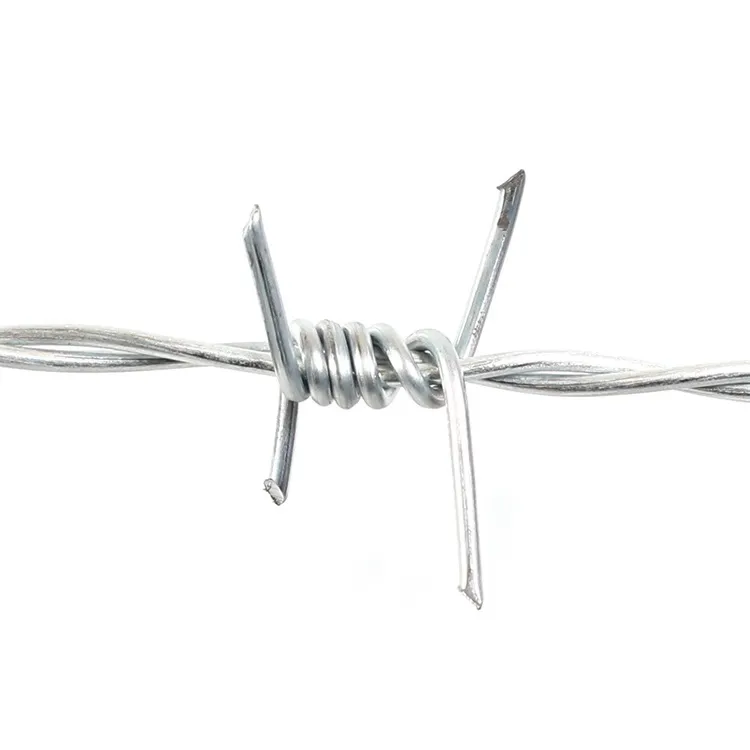
These trends underscore a shift towards more resilient, intelligent, and cost-effective perimeter solutions where the foundational role of barbed wire mesh remains indispensable, albeit with evolved specifications and deployment strategies.
Manufacturing Process Flow of Barbed Wire Mesh
The production of high-quality barbed wire mesh is a precise engineering process, ensuring durability and consistent performance. Our manufacturing adheres to stringent quality controls, often exceeding international standards like ASTM A121 and ISO 9001.
Key Process Steps:
- Material Sourcing & Preparation: We begin with high-grade carbon steel wire (typically Q195 or Q235) or stainless steel wire (e.g., SS304, SS316) known for its tensile strength and malleability. The wire is cleaned and pre-treated to ensure optimal surface adhesion for subsequent coatings.
- Wire Drawing: The raw wire rods undergo a multi-stage wire drawing process to achieve the precise diameter required for the strand wire and the barbed wire itself. This process increases tensile strength and refines the material's grain structure.
- Galvanization (Corrosion Protection): For galvanized barbed wire mesh, the drawn wire is hot-dip galvanized or electro-galvanized. Hot-dip galvanization, conforming to ASTM A121 standards, applies a thick, uniform zinc coating (typically 200-275 g/m²) providing superior corrosion resistance and a service life exceeding 20 years in standard conditions. This sacrificial coating is crucial for applications in petrochemical, metallurgy, and water supply & drainage industries where corrosion is a major concern.
- Barbing and Twisting: Specialized automated machinery takes two or four strands of the prepared wire. Barbs, cut from a separate wire, are precisely twisted onto the line wires at uniform intervals (e.g., 75mm, 100mm, 125mm). This intricate process is often controlled by CNC systems to ensure consistency in barb formation and spacing, critical for effective deterrent `barb wire on fence` applications.
- Coating (Optional - PVC/PE): For enhanced aesthetics, UV resistance, and additional corrosion protection, a PVC or PE coating can be applied over the galvanized wire. This process typically involves extrusion or powder coating, creating a durable outer layer that significantly extends the product's service life, particularly in outdoor environments. This also contributes to energy saving by reducing maintenance needs.
- Coiling & Packaging: The finished `barbed fencing wire` is then coiled into various standard lengths (e.g., 200m, 400m) and securely packaged for transport, often on wooden spools or as compact bundles, to prevent damage and ensure ease of handling on-site.
- Quality Control & Testing: Throughout the process, rigorous testing is conducted, including tensile strength tests (to ISO 6892-1), zinc coating adhesion tests (to ASTM A90), and visual inspections for barb consistency and overall finish. These tests ensure the product meets or exceeds specified parameters and delivers reliable performance.
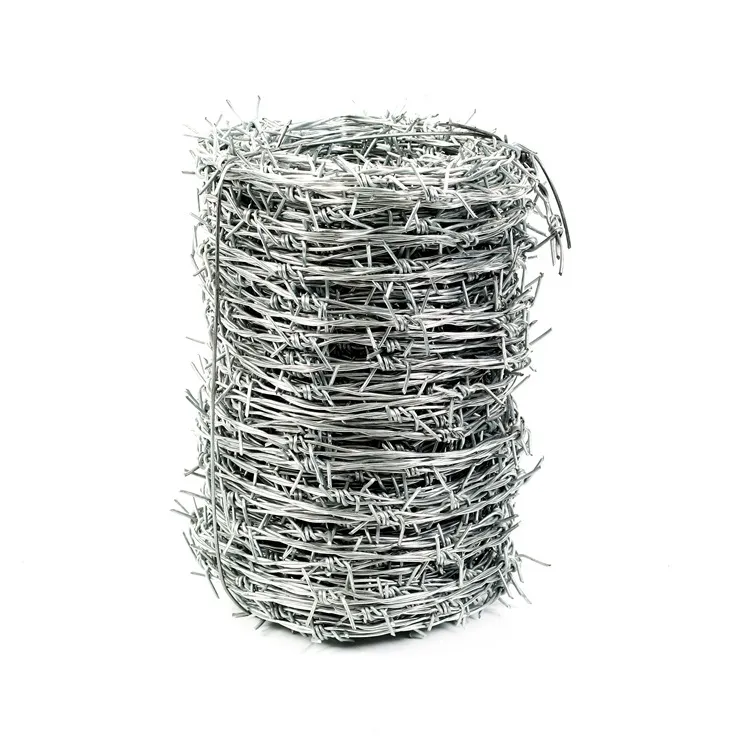
This meticulous process ensures that our barbed wire mesh offers superior structural integrity and extended service life, making it a reliable choice for critical infrastructure. Typical service life for heavily galvanized wire can range from 20 to 30 years depending on environmental conditions, significantly contributing to lifecycle cost savings.
Technical Specifications and Parameters of Barbed Wire Mesh
Understanding the technical specifications of barbed wire mesh is crucial for selecting the appropriate product for specific security requirements. Below is a detailed table outlining key parameters:
Standard Barbed Wire Mesh Specifications
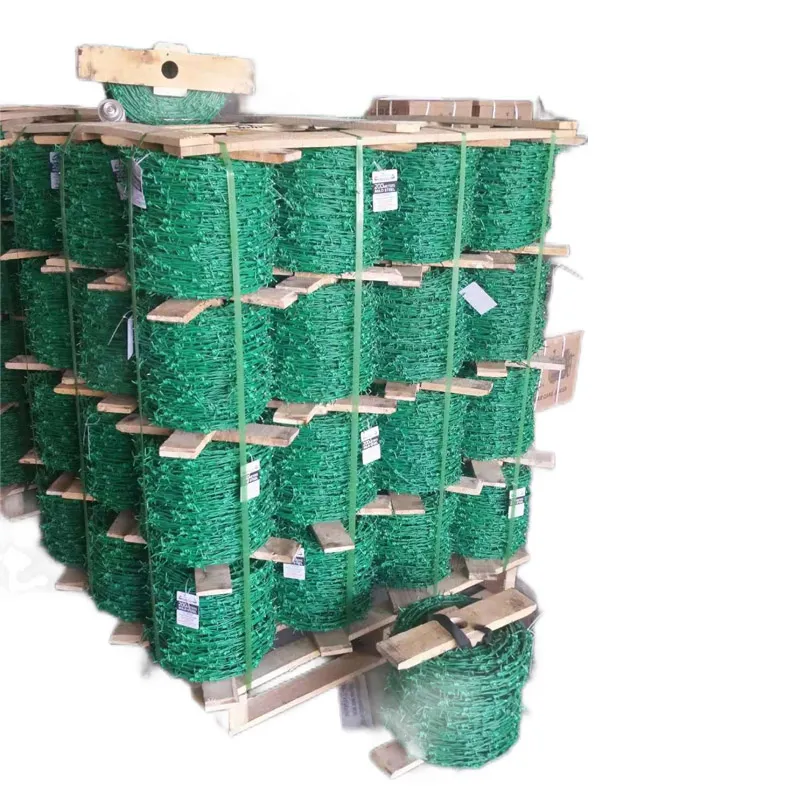
These parameters are critical for engineers and procurement specialists to ensure the chosen `barbed fencing wire` product meets specific environmental conditions, security threats, and budgetary constraints. Our products are rigorously tested to comply with ISO 9001 and other relevant industry standards, guaranteeing reliability and performance.
Application Scenarios for Barbed Wire Mesh
The versatility and effectiveness of barbed wire mesh make it indispensable across a multitude of industries and applications where perimeter integrity and deterrence are paramount. Its robust design provides a formidable physical barrier against unauthorized access.
- Critical Infrastructure Protection: Facilities such as power stations, water treatment plants, telecommunications hubs, and data centers rely on barbed wire mesh for enhanced security. Its low cost and high deterrent factor make it an excellent first line of defense, often used in conjunction with chain-link or welded mesh fences.
- Petrochemical and Energy Sector: Refineries, oil and gas pipelines, and chemical storage facilities require robust security to prevent sabotage and theft. Galvanized and PVC-coated `barb wire on fence` systems provide exceptional corrosion resistance against harsh industrial chemicals and extreme weather, ensuring long-term integrity and minimizing maintenance, thus achieving energy saving in operational costs.
- Military and Correctional Facilities: High-security zones, including military bases, prisons, and detention centers, utilize heavy-gauge barbed wire mesh, often in concert with concertina wire, to create impenetrable barriers. The psychological deterrent effect, combined with physical obstruction, is critical here.
- Agricultural and Livestock Management: While primarily for security, barbed wire mesh is also extensively used in agriculture for demarcating property lines and containing livestock. Its strength and longevity protect against animal breaches and property encroachment.
- Commercial and Industrial Sites: Warehouses, manufacturing plants, construction sites, and storage yards deploy `barbed fencing wire` to secure inventory, equipment, and premises against theft and vandalism, particularly after hours.
- Border Security: National borders and entry points often feature extensive deployments of barbed wire mesh to deter illegal crossings and enhance border control measures.

In each scenario, the selection of material (galvanized, PVC-coated, stainless steel), barb configuration, and wire gauge is carefully calibrated to meet specific security threat levels and environmental conditions, ensuring optimal performance and cost-effectiveness. Our solutions are designed to deliver maximum deterrent capabilities with minimal maintenance.
Technical Advantages and Performance Metrics
The sustained demand for barbed wire mesh stems from its inherent technical advantages that offer superior security and economic benefits. Understanding these metrics is vital for informed procurement decisions.
- Exceptional Deterrence: The sharp, strategically placed barbs on `barb wire on fence` create a significant physical and psychological barrier. This passive deterrence reduces the likelihood of unauthorized entry without the need for constant active monitoring, leading to energy saving in operational security costs.
- Superior Corrosion Resistance: Our hot-dip galvanized and PVC-coated barbed wire mesh products are engineered for extended lifespans in aggressive environments. Hot-dip galvanization provides a robust zinc layer (up to 275 g/m²), offering cathodic protection and preventing rust for decades. PVC coating adds an additional layer of chemical and UV resistance, crucial for coastal, industrial, and agricultural applications where corrosion resistance is paramount.
- High Tensile Strength: Manufactured from high-tensile steel, our `barbed fencing wire` resists cutting and tampering attempts. The typical tensile strength of the line wire ranges from 350-550 N/mm², providing a formidable physical barrier that is difficult to compromise without specialized tools and significant effort.
- Versatility in Installation: Barbed wire mesh can be installed on various fence types (chain-link, welded mesh, solid walls) using simple tools. It can be deployed as single strands, multiple parallel strands, or in concertina coils, adapting to diverse security needs and site topography.
- Cost-Effectiveness: Compared to advanced electronic security systems, `barbed fencing wire` offers a highly cost-effective solution for establishing secure perimeters. Its low initial cost, combined with minimal maintenance requirements due to excellent corrosion resistance, contributes to significant lifecycle cost savings.
- Durability and Longevity: With proper installation and material selection, barbed wire mesh can deliver a service life of 20-30 years, reducing the frequency and cost of replacement. This longevity is supported by our adherence to ISO and ASTM material standards.

These advantages underscore why barbed wire mesh remains a preferred choice for physical security, offering a reliable, durable, and economically sound solution for protecting assets and infrastructure.
Vendor Comparison and Selection Criteria
Selecting the right supplier for barbed wire mesh is as critical as the product itself. A thorough vendor comparison based on established criteria ensures product quality, reliability, and project success. Key factors to consider include product specifications, adherence to standards, customization capabilities, and after-sales support.
Barbed Wire Mesh Vendor Comparison

Our commitment to quality is underscored by our adherence to international manufacturing standards and robust quality control processes. We have served industries such as petrochemical, mining, and governmental agencies for over 15 years, building a reputation for reliability and performance in `barbed fencing wire` solutions.
Customized Solutions for Specific Security Needs
Recognizing that no two security challenges are identical, we offer extensive customization options for our barbed wire mesh products. Our engineering team collaborates closely with clients to develop tailored solutions that perfectly match project specifications, environmental conditions, and threat assessments.
Customization Parameters Include:
- Wire Gauge and Strand Configuration: From standard 2.5mm (12.5 SWG) to heavy-duty 3.0mm (11 SWG) wires for enhanced cutting resistance, and options for double or single strand configurations depending on the required barrier strength.
- Barb Design and Spacing: While standard barb spacing is 100mm, we can adjust this to create denser or wider barb arrangements. Barb length and sharpness can also be refined for specialized deterrence, enhancing the effectiveness of `barb wire on fence` systems.
- Coating Types and Thickness: Beyond standard hot-dip galvanization, we offer options for super heavy galvanized coatings (exceeding 300 g/m²) for extremely corrosive environments, as well as various colors and thicknesses for PVC/PE coatings to match aesthetic requirements or blend with existing infrastructure, simultaneously boosting corrosion resistance and extending service life.
- Coil Lengths and Packaging: We can produce custom coil lengths to minimize wastage and facilitate installation for large-scale projects. Special packaging solutions, such as wooden reels or palletized bundles, can be arranged for efficient logistics and protection during transit.
- Material Composition: For highly specialized applications, such as marine environments or chemical processing plants, we provide barbed wire mesh manufactured from specific stainless steel alloys (e.g., SS316) offering unparalleled corrosion resistance and durability.
Our engineering team provides comprehensive consultation, assisting clients in defining the optimal specifications for their `barbed fencing wire` needs. This approach ensures that every solution delivered is robust, durable, and precisely aligned with project requirements, often resulting in long-term energy saving through reduced maintenance and replacement costs.
Application Case Studies & Customer Experience
Our extensive experience in providing barbed wire mesh solutions spans various demanding sectors, demonstrating our product's reliability and our company's commitment to client success. Below are illustrative case studies highlighting the effectiveness and versatility of our offerings.
Case Study 1: Perimeter Security for a National Oil Pipeline
- Challenge: Securing thousands of kilometers of oil pipeline traversing diverse terrains, including harsh desert and wetland areas, susceptible to both vandalism and severe corrosion.
- Solution: We supplied over 500 km of heavy-gauge, hot-dip galvanized barbed wire mesh (3.0mm line wire, 2.5mm barb wire, 275 g/m² zinc coating) installed on top of a 2.4m high chain-link fence. Special attention was paid to the reverse twist configuration for enhanced tension and cut resistance.
- Outcome: The enhanced galvanization provided exceptional corrosion resistance, projected for a 25-year service life, significantly reducing maintenance cycles and associated costs (energy saving). Incident reports showed a 70% reduction in unauthorized access attempts within the first two years of deployment. Customer feedback highlighted the ease of installation and the durability of the `barb wire on fence` in extreme temperatures.
Case Study 2: Securing a Remote Data Center in a Coastal Region
- Challenge: A new data center located near the coast required a high-security perimeter that could withstand saline conditions and strong winds, while also presenting a neat, professional appearance.
- Solution: We provided green PVC-coated barbed wire mesh over heavy-galvanized steel. The PVC layer offered superior salt spray resistance (ASTM B117 tested for 2,000+ hours) and UV protection, ensuring the `barbed fencing wire` maintained its integrity and appearance.
- Outcome: The data center achieved a robust and aesthetically pleasing security perimeter. After five years, the barbed wire showed no signs of degradation or rust, outperforming initial expectations and demonstrating excellent corrosion resistance. The client praised the customization option that allowed color matching with the facility's branding.

These case studies exemplify our capability to deliver high-performance barbed wire mesh solutions tailored to complex industrial requirements, consistently meeting and exceeding client expectations through quality products and dedicated service.
Frequently Asked Questions (FAQ)
Q: What is the typical service life of your galvanized barbed wire mesh?
A: Our hot-dip galvanized barbed wire mesh, with a zinc coating of 200-275 g/m², typically has a service life of 20-30 years in normal environmental conditions. For highly corrosive environments, PVC/PE coated options can extend this to 30-50 years.
Q: Can your barbed wire mesh be integrated with existing fencing systems?
A: Absolutely. Our `barb wire on fence` solutions are designed for seamless integration with various existing fence types, including chain-link, welded mesh, and solid walls. We offer different attachment methods and support structures to ensure compatibility and optimal security enhancement.
Q: What are your lead times for large orders of barbed fencing wire?
A: Standard orders typically have a lead time of 2-4 weeks. For large-scale or customized orders, lead times can range from 4-8 weeks, depending on complexity and quantity. We maintain robust production capabilities and a well-managed supply chain to ensure timely fulfillment. Please contact our sales team for precise lead time estimates for your specific project.
Q: Do you offer a warranty on your barbed wire mesh products?
A: Yes, we stand behind the quality of our products. We offer a limited warranty against manufacturing defects and premature corrosion failure based on product specifications and environmental conditions. Specific warranty details are provided with each quotation and product delivery. Our commitment is to ensure long-term satisfaction and performance.
Logistics, Warranty, and After-Sales Support
Our commitment to our clients extends beyond delivering high-quality barbed wire mesh. We prioritize seamless logistics, comprehensive warranty coverage, and responsive after-sales support to ensure complete client satisfaction and operational continuity.
- Lead Time & Fulfillment: With advanced manufacturing facilities and strategic inventory management, we ensure efficient order processing. Typical lead times for standard orders are 2-4 weeks, while large or custom projects are meticulously planned with clients to provide realistic and achievable delivery schedules, generally within 4-8 weeks. Our global shipping network facilitates timely delivery to project sites worldwide.
- Warranty Commitments: All our barbed wire mesh products come with a comprehensive limited warranty covering manufacturing defects and material integrity. The specific duration and terms of the warranty depend on the product type (e.g., galvanization class, coating type) and are clearly outlined in our sales agreements, providing clients with peace of mind regarding their investment.
- Customer Support: Our dedicated customer support team is available to assist with technical queries, installation guidance, and any post-purchase requirements. We provide engineering support for complex installations, troubleshooting, and advice on optimal product utilization. Our commitment is to ensure the long-term performance and reliability of our `barb wire on fence` solutions.
- Documentation & Certification: Each shipment is accompanied by complete documentation, including material certifications, test reports, and compliance declarations (e.g., ISO 9001, ASTM A121). This ensures full traceability and adherence to international quality standards for all `barbed fencing wire` products.
Our robust support infrastructure is designed to provide B2B clients with reliable service from initial consultation through to post-installation, cementing our role as a trusted partner in perimeter security.
Conclusion
The strategic deployment of high-quality barbed wire mesh remains an indispensable component of comprehensive perimeter security systems. Its evolution, driven by advancements in material science and manufacturing precision, ensures that it continues to provide a cost-effective, durable, and highly effective deterrent against unauthorized access.
From the meticulous process of galvanization and barb formation to its critical applications in securing diverse industrial and critical infrastructure, modern barbed wire mesh solutions offer unparalleled advantages in corrosion resistance, tensile strength, and longevity. By understanding the intricate technical specifications, leveraging customized options, and partnering with reputable suppliers, B2B decision-makers can significantly enhance the security posture of their assets while optimizing operational expenditures.
Our commitment to engineering excellence, adherence to international standards, and comprehensive customer support positions us as a leader in providing advanced barbed wire mesh solutions designed to meet the rigorous demands of today's security landscape.
References
- ASTM International. "ASTM A121/A121M - 13(2018) Standard Specification for Metallic-Coated Carbon Steel Barbed Wire." ASTM Standards, 2018.
- International Organization for Standardization. "ISO 9001:2015 Quality Management Systems – Requirements." ISO Standards, 2015.
- International Organization for Standardization. "ISO 6892-1:2019 Metallic materials – Tensile testing – Part 1: Method of test at room temperature." ISO Standards, 2019.
- ASTM International. "ASTM B117-19 Standard Practice for Operating Salt Spray (Fog) Apparatus." ASTM Standards, 2019.
- Galvanizers Association. "Corrosion Protection of Steel by Hot Dip Galvanizing." Technical Resources, 2023.
-
Pre Cut Wire - Straightened, Deburred, Custom Lengths
NewsNov.17,2025
-
Binding Wire for Sale - Durable, Rust-Resistant, Bulk Deals
NewsNov.17,2025
-
Field Fencing for Horses – Safe, Durable, Easy Install
NewsNov.17,2025
-
Euro Fence Factory: Durable, Custom Euro Style Fences
NewsNov.17,2025
-
Euro Fence Factory: Durable OEM Panels, Direct Pricing
NewsNov.17,2025
-
Chain Link Fence Suppliers | Galvanized, Factory-Direct
NewsNov.11,2025


